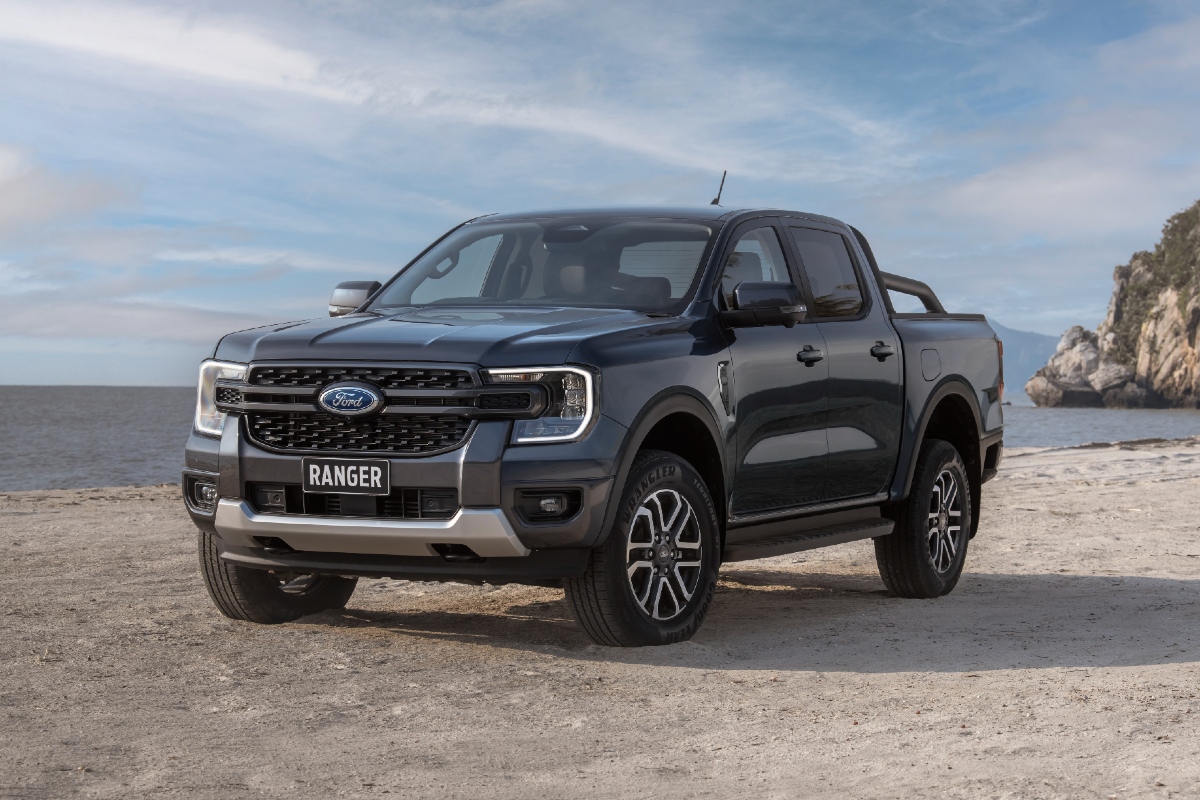Ford Australia has today announced it is killing off the bi-turbo diesel engine from the Ranger and Everest, with an upgraded single-turbo engine to step up for four-cylinder customers.
The 2.0-litre bi-turbo diesel is currently available in 11 of the Ranger’s 25 variants, and four of the Everest’s seven Australian offerings.
It currently serves as the top-spec choice for the trade-focused Ranger XL, the only engine in the XLS, and the more affordable option in the Ranger XLS, XLT, Sport, and Wildtrak, where a diesel V6 and petrol plug-in hybrid are also available.
The Everest Ambiente and Trend grades are exclusively powered by the bi-turbo diesel engine, while the Sport adds the option of a V6. There are no single-turbo four-cylinder Everests currently being made for Australia.

Ford Australia has not detailed why the bi-turbo diesel engine is being axed, however the decision follows the 2.0-litre diesel – both single- and bi-turbo – being dumped in the UK and Europe next year.
For now, Ford says the “sought-after 3.0-litre V6 turbo diesel will now be offered on a wider range of models”, however it is expected to make an announcement about which Rangers this includes closer to the arrival of its revised ute lineup in 2026.
It’s expected the V6 will become available in the Ranger XLS, and potentially the entry-level XL as well. Likewise, the V6 will likely be standard in the Everest Sport, and potentially make an appearance in the Ambiente and Sport.
Currently the price difference between the four-cylinder bi-turbo and the single-turbo V6 diesel engines is about $5200 in the Ranger, and $8250 in the Everest. There are no Ranger variants currently available with a choice of the single-turbo four-cylinder diesel engine and the V6 diesel.

In announcing the upcoming departure of the bi-turbo engine, Ford said the single-turbo 2.0-litre diesel is soon set to be upgraded with a new fuel injection system and timing chain.
It’s not yet known whether the upgraded 2.0-litre turbo-diesel will feature increased outputs. Currently it produces 125kW and 405Nm, down on the bi-turbo’s 154kW and 500Nm figures, and a significant gap to the V6 diesel’s 184kW and 600Nm claims.
Ford is also killing off the six-speed automatic transmission currently mated to the single-turbo four-cylinder diesel engine, which will instead adopt the 10-speed automatic which has been standard in all other Rangers.
It’s worth noting the bi-turbo diesel was one of the lowest-emitting Ranger engines, with an official claim of 182g/km to 189g/km, depending on vehicle spec. For context, the single-turbo four-cylinder diesel emits between 181g/km and 195g/km, while the V6 turbo-diesel has an official figure of 222g/km. The Ranger PHEV has an official emissions output of 77g/km.
Meanwhile, the Ford Everest has claimed tailpipe emissions of 190g/km for the bi-turbo four-cylinder, and 224g/km to 250g/km for the V6.

While the addition of the 10-speed automatic transmission and its new fuel system are expected to reduce these figures for the single-turbo four-cylinder, the updated lineup will arrive at a time where emissions are more heavily penalised in Australia.
The New Vehicle Efficiency Standard (NVES) – which has been in place since January, though penalties only started to be applied on July 1 – sees carmakers fined $100 per every vehicle which is over certain emissions targets.
For ‘Type 2’ vehicles such as the Ranger and Everest, this means a target of 210g/km in 2025, 180g/km in 2026, 150g/km in 2027, 122g/km in 2028 and 110g/km in 2029.
Ford recently increased prices of the turbo-diesel Ranger and Everest in Australia by $250 across the board, however it did not attribute the rise directly to NVES.
It is expected prices will increase again next year based on the engine upgrades to the Ranger and Everest, as well as the 10-speed automatic becoming standard.













Discussion about this post